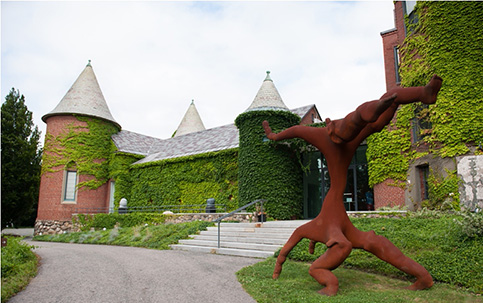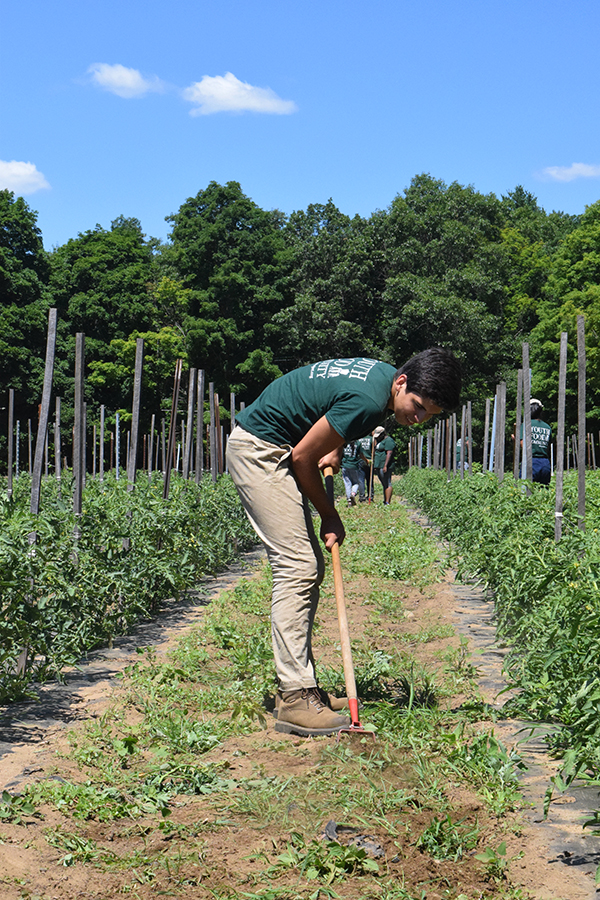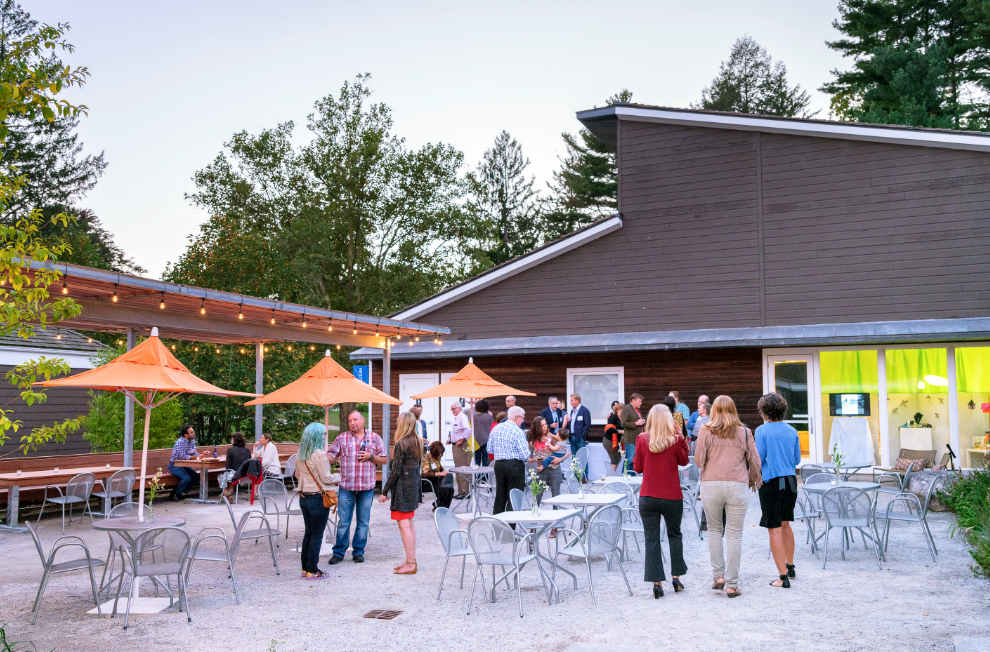 The deCordova Sculpture Park and Museum has announced two new staff appointments and an $80,000 grant for a major exhibit in 2020.
The deCordova Sculpture Park and Museum has announced two new staff appointments and an $80,000 grant for a major exhibit in 2020.
Jennifer Klahn has been named Deputy Director for External Affairs. In that role, she will lead the strategic growth of development, membership, corporate art loan program, and marketing functions in support of deCordova’s advancement and greater prominence within the regional, national, and international contemporary art communities. Additionally, deCordova has promoted Sarah Montross to Curator, a role in which she will continue organizing indoor and outdoor exhibitions, sculpture projects, and programming.
Klahn has held senior management development roles with Harvard University Art Museums and Historic New England. Most recently, she served as Vice President of Philanthropy at the Archaeological Institute of America.
Montross joined deCordova as Associate Curator in June 2015. She has curated or co-curated numerous exhibitions and has continued deCordova’s PLATFORM series of commissioned outdoor projects, bringing in work by artists Letha Wilson, Noémie Goudal, and Saul Melman. She has also organized many Sculpture Park loans, including works by Aaron Curry, Nari Ward, and Josephine Halvorson. Currently, she is working on deCordova’s spring 2019 Biennial and spring 2020 Visionary New England exhibition.
DeCordova recently received an $80,000 grant from the Andy Warhol Foundation for the Visual Arts to support its 2020 exhibition Visionary New England, organized by Montross. This grant reflects the foundation’s mission to support work of “a challenging and often experimental nature” and encourage “curatorial research leading to new scholarship in the field of contemporary art.”
Visionary New England (opening spring 2020) is a group exhibition of contemporary art inspired by the rich history and ongoing impact of New England’s visionary, spiritualist, and utopian practices. From Transcendentalism and utopian agrarian communities in the mid-1800s to the merging of mysticism and psychology in the early twentieth century to the psychedelic experiments of the 1960s, New England has long nurtured alternative ways of creating community and social reform.
Grounded in this legacy, Visionary New England will feature the work of more than a dozen contemporary painters, photographer, sculptors, video artists, and performers with strong ties to the region. Shown together, their artwork will offer a thought provoking perspective on society and power, as well as a hopeful vision for future harmony between humanity and the natural world. An array of public programs, lectures, performances, and partnerships with nearby historic sites will enrich the exhibition.
The foundation awarded a total of $3.6 million to 42 cultural organizations selected from an applicant pool of 224 nonprofit arts organizations as part of its spring 2018 grant cycle.









